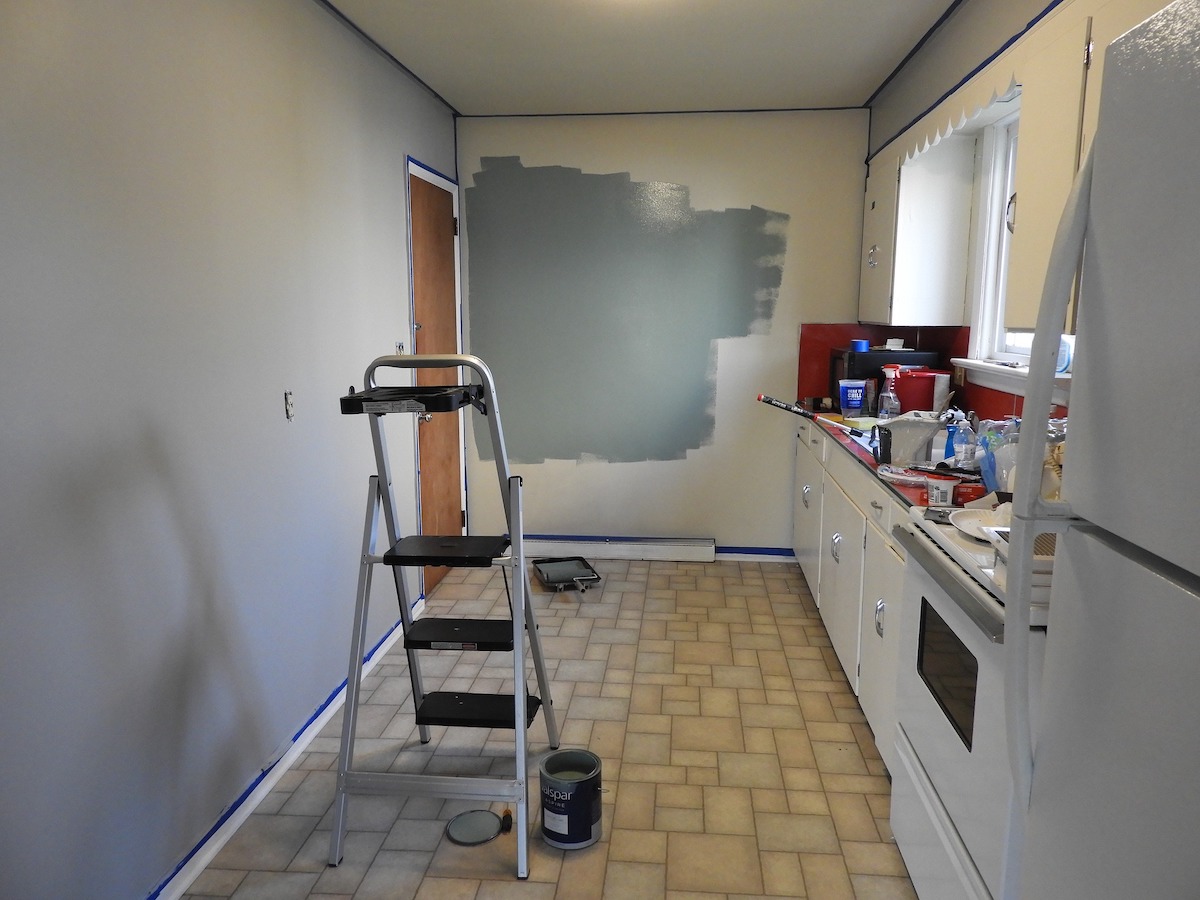Devising a plan to remodel your kitchen can be tough. Besides having to make all the decisions as to how you want your kitchen to look, budgeting the cash to create this beautiful, yet practical space, can be daunting. Here are some tips to help plan your kitchen remodel before you start:
1. Do you know what you want?
There are many great websites and magazines to help with kitchen design ideas. Take some time learning exactly what you want in your kitchen remodel, such as what style of cabinets, type of counter and flooring do you want; what are the features do you need and those you would like; is it a total gut of your kitchen or are you keeping the footprint the same. Have these questions answered prior to contacting the designer or contractor. This will save both time and money for you and your contractor.
2. How you are going to pay for it?
You need to have a payment plan in place, as well as a limit to the total cost. Research financing options such as personal loans, refinancing, and home equity loans (tax-deductible). Compare the interest rates on those various loans and loan origination costs and know precisely when the funds will be available. You will more than likely be required to put down deposits and pay for the materials and new appliances as they are delivered.
3. How will you stay within your budget?
The first step in budgeting your kitchen remodel is to set a realistic limit and then stay within it. Your personal finances are the first factor in determining your limit. Other things that should be considered are the length of time you plan to spend in the home. If you are remodeling to sell, deal with the remodel as a financial investment. If you plan to be in the home for a long time, the remodel can fit your needs and desires. Your location is another factor. The remodel needs to fit in the overall design of your community to prevent over-improving.
Another helpful strategy to stay within your limits is to establish an “A” and a “B” Plan for your remodel. Have a list of lower cost “B” options for everything your brand-new kitchen will require such as counter tops, cabinets, light fixtures, appliances, flooring, etc. If you find that costs need to be cut somewhere along the way, you already have a backup plan in place.
4. What is your system to keep track of spending?
Developing a spreadsheet can be an invaluable tool to use to help you keep track of your remodeling costs. An itemized account of what you are spending can help prevent expenses from getting out of hand. A spreadsheet will also highlight where you are spending the most money, and where you might be able to conserve if needed.
5. Are you ready for the unforeseen?
Setting aside 20% of your total remodeling budget in case of unforeseen issues that might arise is an excellent strategy. Remodeling can, and usually does, reveal all kinds of unexpected things, such as outdated wiring, asbestos, rotted sub-flooring, or termite and water damage. It will be much easier to handle the cost of these surprises when they occur if you have planned for it.
6. Do you know your priorities?
Know your priorities when developing your “A” and “B” Plans. There are usually elements of the kitchen remodel that are more important to you than others. Maybe it’s your outdated cabinets that you really want to replace with brand-new cabinets that have all the new modern features. Or your kitchen appliances have been around for the last decade and new ones are your top priority. Knowing these priorities will be helpful when costs need to be cut and the little “extras” like under cabinet lighting or crown molding along the top of the cabinets can be moved to the bottom of the priorities list.
7. Do you have alternative living arrangements if necessary?
You might think you will want to remain in your home during your kitchen remodel. An extended stay in a hotel can be expensive and inconvenient, but so can trying to live without a kitchen! Have a conversation with your family about the inconveniences that the remodeling will cause, and make a decision together.
8. Does your budget include eating out?
Home cooked meals in a kitchen with no cabinets, counters, a sink or stove doesn’t happen. You will want to budget for eating out a lot during your kitchen remodel.
9. Can you do some of the work yourself?
Doing some of the easy work yourself can save you thousands of dollars on your remodel. Unless you are physically unable to do it, do some of the demolition work yourself. Why pay someone else to take the cabinets down or pull up flooring? Bring in the professionals after the demolition.
10. Have you broken down the expenses?
It’s a good idea to know just how much of your budget should be set aside to each aspect of your remodel. Kitchen remodel expenses generally break down in this way:
30-35% Cabinets
20-25% Labor
10-15% Appliances
8-10% Flooring
7-9% Electrical
6-8% Countertops
5-7% Plumbing
2-5% Demolition
1-3% Permits & Miscellaneous
11. Have you left the extra details for later (or can you do without them entirely)?
Keep to your budget during the remodel. Those extra, unneeded details, like crown molding and under counter lighting, can always be added later when the funds become available. You don’t require them in order to make your kitchen functional. Stay within your budget!
A kitchen remodel is a big project that can become quite pricey very quickly. Budgeting for your kitchen remodel can be hard, but staying within those limitations can be even more difficult. Having options and prioritizing your needs and desires will help.
